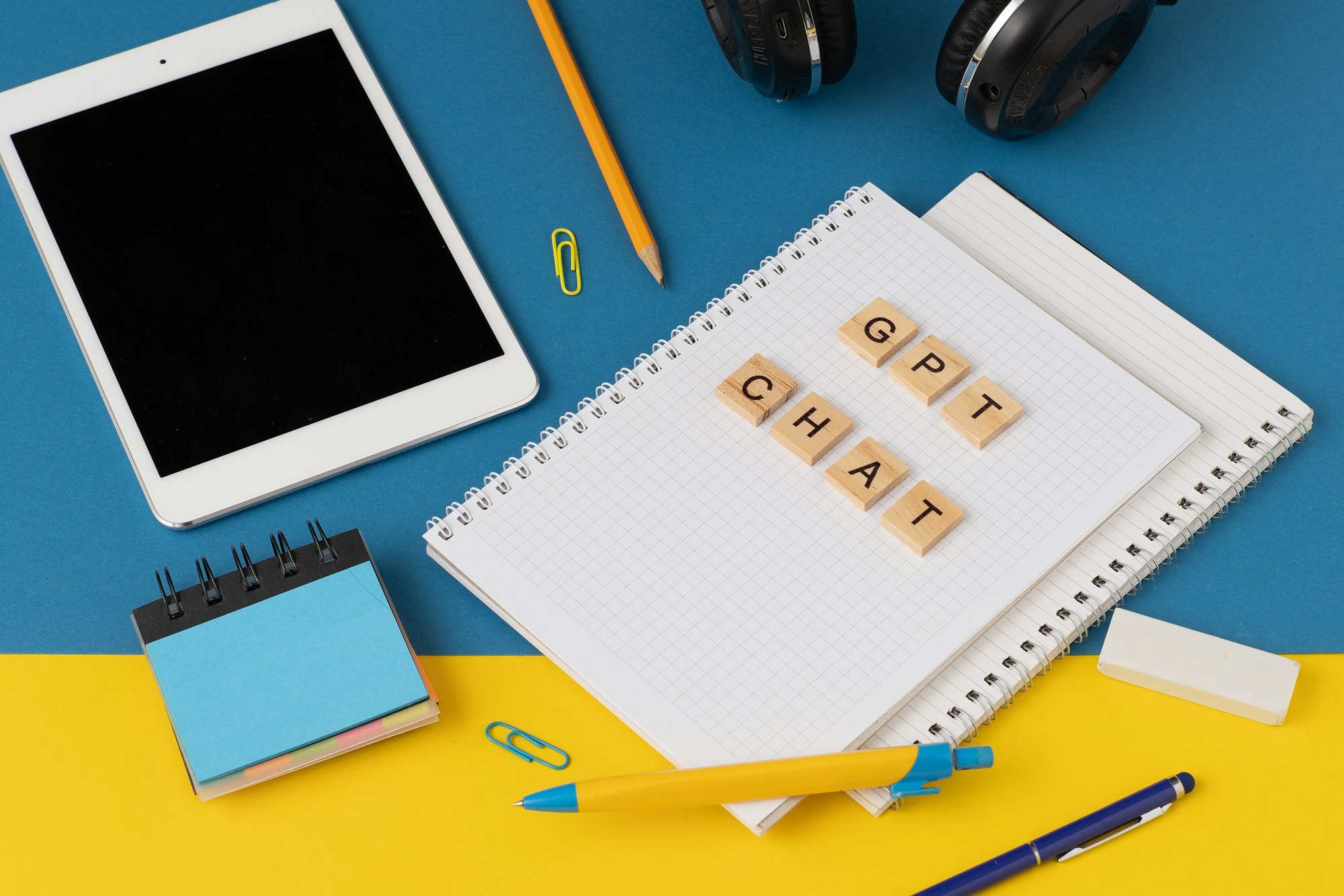A Quick Look at OpenAI’s Latest: ‘Read Aloud’
What’s ‘Read Aloud’ All About?
OpenAI just rolled out something cool called ‘Read Aloud’. They talked about it on X and it’s now available for users on iOS, Android, and the web. The idea behind ‘Read Aloud’ came from OpenAI’s ongoing efforts to make their tech easy for everyone to use. Before this, they had a project that let people interact with AI through pictures, which opened up new ways for the software to be used. They also worked with a group called Be My Eyes, focusing on the needs of people who are blind or have low vision. This project showed them that besides just helping with seeing, it’s also important to offer features that speak information out loud.

Why It Matters
‘Read Aloud’ is a big step toward making tech more welcoming for everyone. It lets the system read text out loud, which is great for people who prefer listening to reading or seeing information. This move by OpenAI is about making sure their AI tools are useful and accessible to as many people as possible, showing that they really care about making the digital world easier to navigate for everyone.
Making AI More Accessible: What We’ve Learned
Insights from the Blind and Low Vision Community
Working closely with the blind and low vision community, especially through partnerships like the one with Be My Eyes, has been key for OpenAI. These collaborations have shown the importance of having options to hear information, not just see it. The feedback from these communities has been crucial in guiding OpenAI to make their technology more inclusive.
Voice Is Key
Moving towards using voice and sound to interact with technology is a big deal for making tech more accessible. OpenAI has been focusing on ways to make their platforms listen and speak, which is a game changer for people with visual impairments. This approach is about making it simpler and more enjoyable for everyone to use technology.
What’s Next for AI and Accessibility
The Power of Voice
With ‘Read Aloud’ and a bigger focus on voice, OpenAI is leaning into a future where talking to technology is as natural as talking to a friend. They’re betting on voice commands to make it easier for everyone to use AI, aiming to remove any obstacles that might stand in the way of people getting the most out of technology.
Looking Forward
OpenAI has big dreams for the future. They see AI not just as a tool for making things easier, but as a way to boost creativity and independence. They’re working on making AI do more so that it can help us all do more, no matter what challenges we might face. The goal is a future where technology empowers everyone to reach their highest potential.
Find out how OpenAI’s new ‘Read Aloud’ feature is opening up AI to more people. Discover the role of voice in making technology more inclusive and what the future holds for everyone using AI.

Frequently Asked Questions (FAQs) About OpenAI’s ‘Read Aloud’ Feature
1. What is the ‘Read Aloud’ feature by OpenAI?
‘Read Aloud’ is a feature introduced by OpenAI that allows its platforms to read text content out loud to users. It’s designed to make technology more accessible, especially for those who prefer auditory learning or have visual impairments. This feature is available across iOS, Android, and web interfaces.
2. Why did OpenAI develop the ‘Read Aloud’ feature?
OpenAI developed ‘Read Aloud’ as part of its ongoing effort to make artificial intelligence (AI) technology more accessible to a wider range of users. The initiative was inspired by feedback and insights gained from working with communities such as Be My Eyes, focusing on the needs of individuals who are blind or have low vision. The goal is to provide a more inclusive user experience by offering alternative ways to interact with technology.
3. How does the ‘Read Aloud’ feature help users?
The ‘Read Aloud’ feature helps users by providing an auditory method to access and interact with digital content. This is particularly beneficial for users who have difficulty reading text on screens, prefer listening to content, or have visual impairments. It enhances the overall accessibility of OpenAI’s platforms, making technology more user-friendly for everyone.
4. Can anyone use the ‘Read Aloud’ feature, or is it only for people with visual impairments?
Yes, anyone can use the ‘Read Aloud’ feature. While it was developed with a focus on improving accessibility for people with visual impairments, it’s available to all users who might benefit from auditory content delivery. This includes individuals who prefer auditory learning, multitaskers, or anyone who simply enjoys having content read to them.
5. What future developments does OpenAI plan for improving accessibility and inclusivity?
OpenAI aims to continue advancing AI technology to make it more accessible and inclusive for all users. This includes focusing on voice interactions and improving the usability of their platforms through features like ‘Read Aloud’. While specific future developments have not been detailed, OpenAI envisions a future where AI enhances human creativity and independence, suggesting ongoing efforts to automate tasks and streamline interactions to empower individuals regardless of their physical abilities.
Sources Forbes


